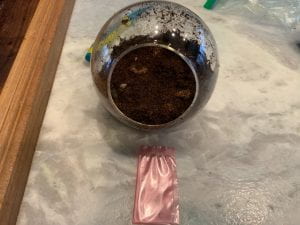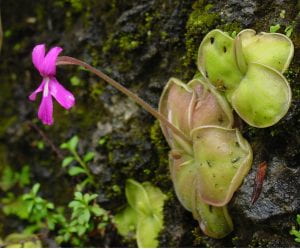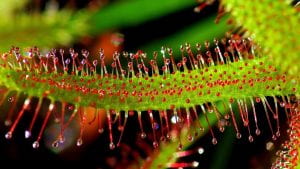This week in science, we began our biome projects. This morning I was going to grow my Venus fly trap when I thought, “How can it live in the harsh habitat that it lives in?” Just like other organisms that live in extreme biomes, such as peat bogs and the abyssal zone of the ocean, the Venus Fly Trap has an unexpected adaptation. So, I decided that would be what my blog was about.


The Venus Fly Trap is one of the most well known carnivores plant. The Venus Fly Trap lives in the bogs of North and South Carolina. In this habitat the soil is low in nutrients and is acidic. To cope with this, the Venus Fly Trap has adapted to be carnivorous- it eats bugs that land on it. The Venus Fly Trap is the state plant of South Carolina.
The Venus Fly Trap is not the only type of carnivorous plant.
Other plants that eat other living things are:
1. Cobra lily (Darlingtonia californica)

2 . Butterwort (Pinguicula)

3. Sundew (Drosera)

and many more.
One of the most interesting things about carnivores plants is that, although they don’t brain cells, they have chemicals that act like a brain so that they can react when there prey is in range. With the Venus Fly Trap when a insect triggers one of usually six hairs the trap closes first with a few openings so if the bug is to small it will escape so the Fly Trap doses’ the the waist energy on a small meal, if it is small enough it will open up its pedals again, but if the bug is to big for the mouth to close it will let in bacteria that will kill it. If the bug is the right size it will bring in Asia’s to break down the bog and in five to twelve weeks it will spit out the exoskeleton, without the bug.
The Carolina bogs biom is low in nurturant and the soil is acidic, and yet the Venus fly trap thrives in this harsh environment because of its incredible, and slightly strange, adaptations.
 This is what it looks like when you add the flowers to warm water.
This is what it looks like when you add the flowers to warm water.